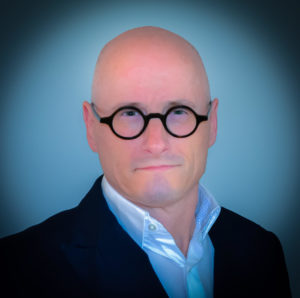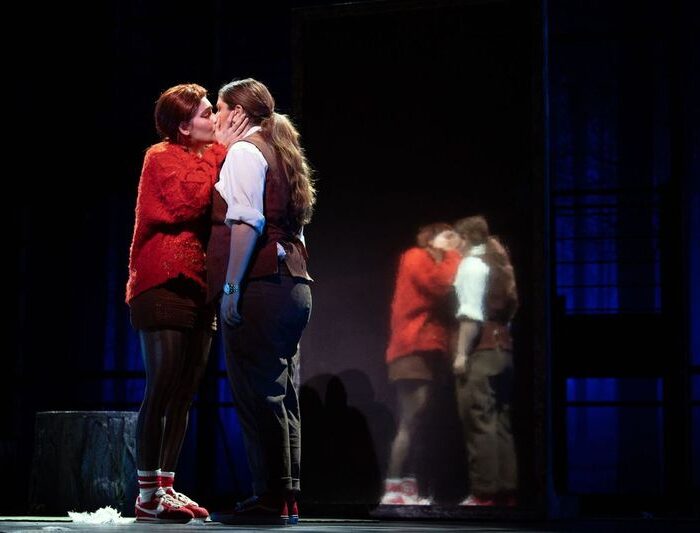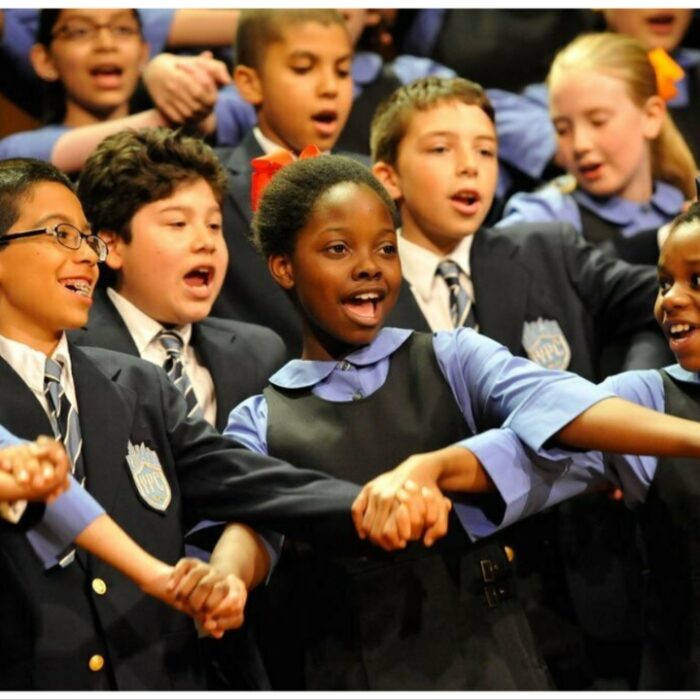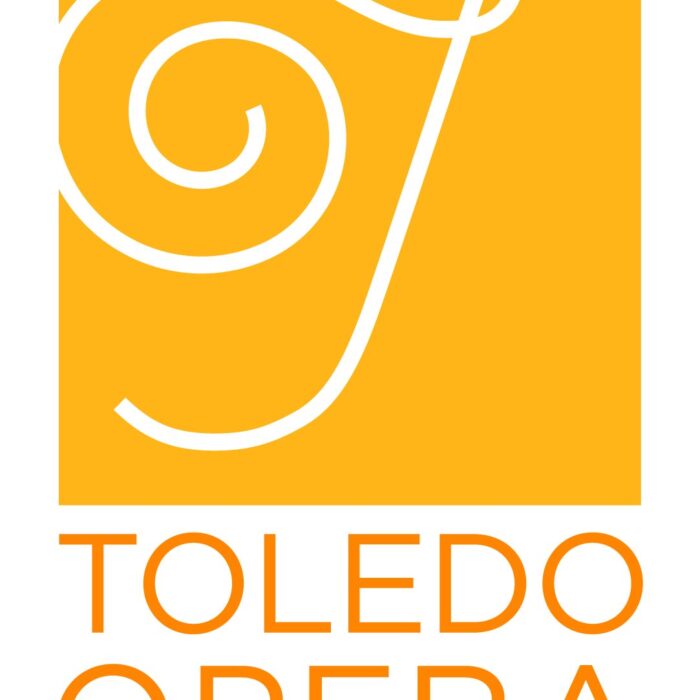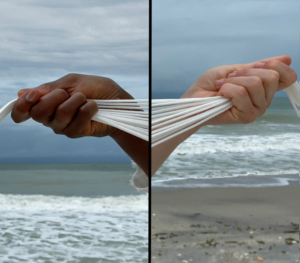
Prototype Festival 2021 Review: Ocean Body
This Multi-Screen Film & Audio Experience is An Arresting Piece of Beauty & Serenity
By Chris RuelI’m not a crowd person, so if someone told me I could have a private viewing of a world premiere, I’d welcome it. Sadly, this is one time I wish I had some company because Helga Davis, Shara Nova, and Mark DeChiazza’s “Ocean Body” multi-screen film and audio experience deserves an audience. The work is an arresting piece of beauty and serenity; something in limited supply these days.
New York is a strange place right now. Yes, the first weeks of January are a bleak time in the Big Apple with or without a raging pandemic, but The City That Never Sleeps is shell-shocked and hunkered down after a devastating spring COVID surge and a summer roiled by protests. If the draw of a safe, 15-minute in-person experience can’t lure the SoHo arts cognoscenti out of their winter dens, things aren’t good. And that breaks my heart.
“Ocean Body” opened on January 9 as part of New York’s annual PROTOTYPE Festival and runs through January 16 at HERE Arts Center with free viewings every half-hour from noon until 9:00 p.m. daily by appointment only.
Go see it.
If you live in the city, support the arts and take a respite from the chaos, death, and mayhem roiling the country. PROTOTYPE put in place stringent protocols: masks, of course, are mandatory; only four people at a time can experience the installation, there’s a simple health-related form to complete, and the Main Stage space facilitates social distancing with ease.
Is there a risk? With pandemics-in-progress, always. But PROTOTYPE isn’t playing fast and loose with the audience’s health.
The Arrival Experience
Davis, Nova, and DeChiazza’s “Ocean Body” experience begins before you’re anywhere near the theater. An email outlining everything you need to know before arriving at HERE includes a link to a pre-show music track titled “Sisters Born of the First Mother.”
In the theater lobby, two side-by-side screens flipped vertically to display Davis and Nova walking along the shoreline (The women not only composed the work but performed it, as well). The sounds of waves breaking upon the sand fill the space. I could sit and watch this amuse-bouche for hours. You have a sense of walking along with Davis and Nova very intimately, an observer of the tight bond between the artists.
Bring your headphones to the installation. For those awaiting entrance to the experience, Davis and Nova provide “lobby music” accessed via a QR code. Similar to the pre-show music, available through a link from the ticket confirmation email, the lobby music is less than a minute long and expands on the story.
A Friendship as Deep as the Sea
Entering the main stage space, three screens greet you with a striking oceanscape. I’m a beach person, so it’s hard to keep me from the sea, and after a summer during which a day trip or two to the water’s edge was all I could squeak in, I felt as though I had returned to my favorite place. Director-filmmaker and co-creator Mark DeChiazza conceived and executed the entire visual experience. His direction, editing of the films, and overall shaping of “Ocean Body’s” concept and form make the installation aesthetically compelling and utterly immersive. DeChiazza in close collaboration with co-creators Davis and Nova, determined the experience’s content, structure, and sequence. The fruit of his vision transports the audience, as if by magic, into the beautiful world of “Ocean Body.”
The three screens, two positioned vertically on the left and right side, with one large horizontal screen crossing the main stage lengthwise are referred to as “an embodied sculpture” by the designer, visual artist Annica Cuppetelli. The left and right screens showcase Davis and Nova pulling on rope-length laces attached to corsets worn by each. The laces fill the center screen, alternating between tension and release. Audience member interpretations will vary regarding the pulling. Sometimes Nova tugs at herself (with Nova appearing on both left and right screens), while at other moments Davis reels in Nova or vice versa.
I have my interpretation and it aligns with what the artists had to say in the program notes:
“We have wanted to find a way to speak about our friendship, our places of similarity run from our deep love of singing and writing music to our early upbringing in Evangelical churches. We were both deeply inspired by that music, as well as by our love of classical and soul music. As our friendship grew, we realized that while our closeness felt completely ‘natural’ to us, we could also raise eyebrows through our unusual collaborations (You Us We All) and with our physical presence. It is the World that taught us the language of race and difference, and there was no better place to have that conversation than through our work. It is our hope that through this exploration of deep friendship, composition, and story-telling, we hold that mirror back to the world.”
Amid the brilliant seascape, Davis and Nova sing accompanied by ambient electronic instrumentation or nothing at all—leaving just their voices pure, clear, and shimmering like sunlit diamond-drops atop the waves.
Parting Ways and Parting Thoughts
The experience closes with a return to the opening scene of azure waters once more surrounding the audience on three sides. I wanted to ask for a second go-around, just so I could remain in this sensorial sanctuary that celebrated our interconnectedness during a time when we feel so distant from one another.
Were others waiting in the lobby for the next showing? I don’t know. I hope there were and that many will soon follow. For safety reasons, after another snapshot of a QR code, the audience exits through a side door, listening to the Exit Music written to guide you gently out of the theater where cold reality awaits.
As downhearted as I was about the attendance, I know won’t always be this way. But until the city hustles and bustles with the pandemic in the rearview mirror, it’s crucial for the arts, and for those who put their souls into their work, that we in the New York Metro region do our part to help creatives survive.
Art challenges, and it also soothes. “Ocean Body” does some of the former and much of the latter.
